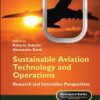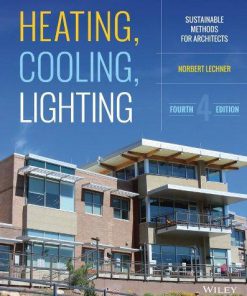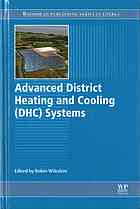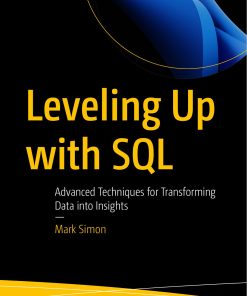Aerodynamic Heating in Supersonic and Hypersonic Flows Advanced Techniques for Drag and Aero heating Reduction 1st edition by Mostafa Barzegar Gerdroodbary, Seyyed Sadjad Tajdaran 0323972239 9780323972239
$50.00 Original price was: $50.00.$25.00Current price is: $25.00.
Aerodynamic Heating in Supersonic and Hypersonic Flows: Advanced Techniques for Drag and Aero-heating Reduction 1st edition by Mostafa Barzegar Gerdroodbary, Seyyed Sadjad Tajdaran – Ebook PDF Instant Download/DeliveryISBN: 0323972239, 9780323972239
Full download Aerodynamic Heating in Supersonic and Hypersonic Flows: Advanced Techniques for Drag and Aero-heating Reduction 1st edition after payment.
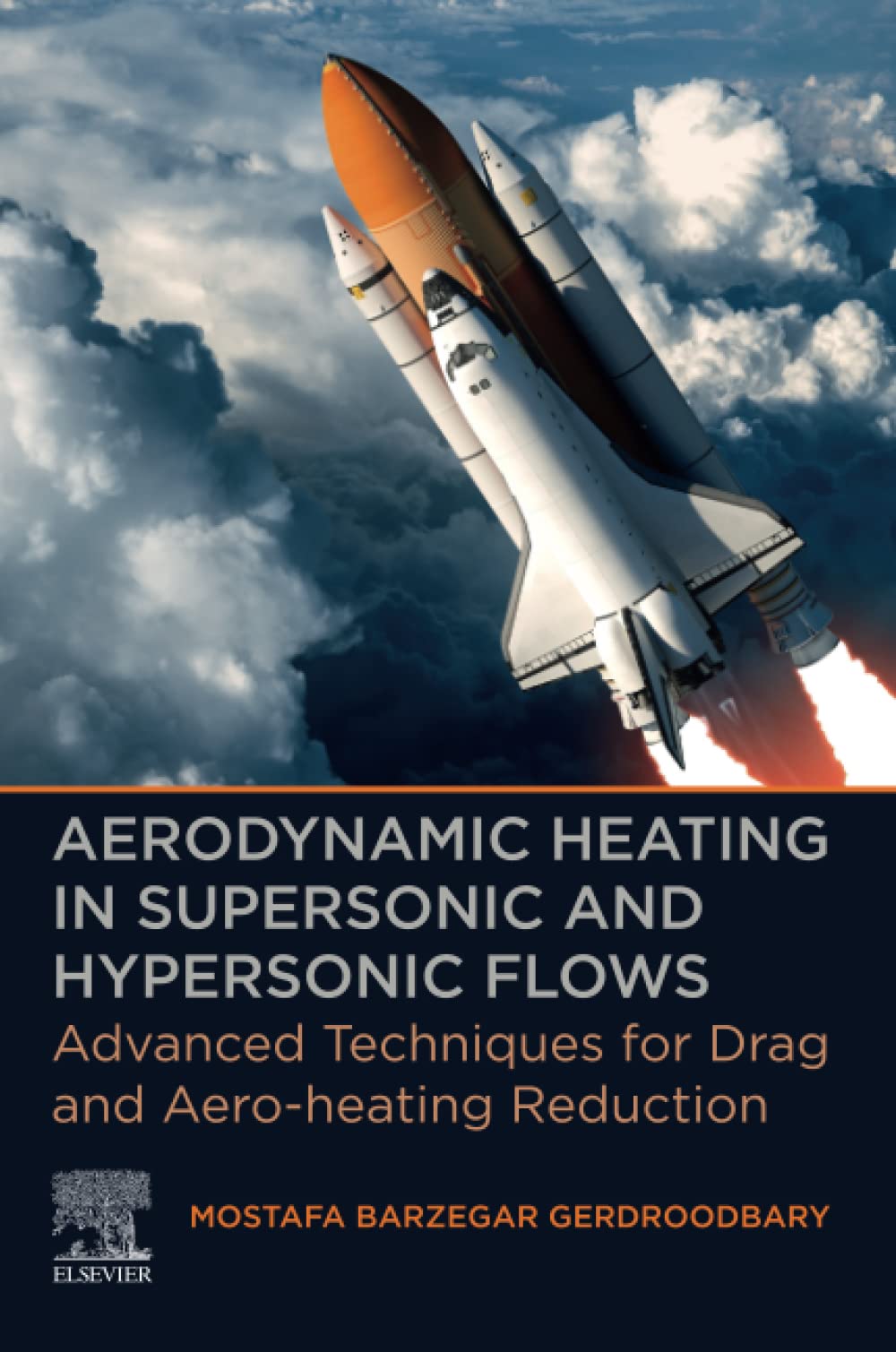
Product details:
ISBN-10 : 0323972239
ISBN-13 : 9780323972239
Author: Mostafa Barzegar Gerdroodbary, Seyyed Sadjad Tajdaran
Aerodynamic Heating in Supersonic and Hypersonic Flows: Advanced Techniques for Drag and Aero-heating Reduction explores the pros and cons of different heat reduction techniques on other characteristics of hypersonic vehicles. The book begins with an introduction of flow feature around the forebody of space vehicles and explains the main parameters on drag force and heat production in this region. The text then discusses the impact of severe heat production on the nose of hypervelocity vehicles, different reduction techniques for aerodynamic heating, and current practical applications for forebody shock control devices. Delivers valuable insight for aerospace engineers, postgraduate students, and researchers.
Aerodynamic Heating in Supersonic and Hypersonic Flows: Advanced Techniques for Drag and Aero-heating Reduction 1st Table of contents:
1. Introduction
1.1. Introduction
1.2. Structure of the flow field around the super/hypersonic vehicles
1.3. Governing equations for supersonic/hypersonic flow
1.4. Effects of Mach on flow characteristics
1.5. Aeroheating
1.6. Key factors in the hypersonic regime
1.7. Nondimensional numbers
1.8. Different techniques for the thermal protection and drag reduction of space vehicles
2. Mechanical techniques (spike)
2.1. Structural devices (mechanical spike)
2.2. Literature survey
2.3. Unsteady structure of flow around spiked bodies
2.4. Advanced contributions
2.5. Forebody design optimization of spiked hypersonic vehicles
2.6. New approaches on mechanical spikes
2.7. Future outline in the field of mechanical spikes
2.8. Practical application of mechanical spikes in real systems
3. Fluidic techniques: Opposing (counterflow) jets
3.1. Principle mechanism of counterflow jets
3.2. Flow structure of opposing jet
3.3. Effects of angle of attack
3.4. Factors controlling the effectiveness of counterflow
3.5. Strength of counterflow jet
3.6. Literature survey of main preceding works on opposing jets
3.7. Computational studies
3.8. Counterflow jets and related flow unsteadiness
3.9. Nonconventional aspects of opposing jets
3.10. Counterflow jet device and its derivatives
3.11. Potential gaps in the field of opposing jets
3.12. Design tradeoffs and issues of the practical application of counterflow jet in real systems
4. Energetic (thermal) devices: Energy deposition devices
4.1. Effective parameters for the performance of energy deposition devices
4.2. Survey on key studies on energy deposition devices
4.3. Future outlines in the field of energy deposition devices
4.4. Design tradeoffs and challenges of real application of energy deposition devices in real systems
5. Hybrid technique
5.1. Fluid-structure devices
5.2. Structural-energetic devices
5.3. Current practical applications for forebody shock control devices
6. Current practical applications for forebody shock control devices
6.1. Conclusion and recommendations
6.2. Future perspective
People also search for Aerodynamic Heating in Supersonic and Hypersonic Flows: Advanced Techniques for Drag and Aero-heating Reduction 1st:
what are supersonic winds
what is aerodynamic heating
aerodynamic heating subsonic
aerodynamic heating in aircraft
aerodynamic heating in hypersonic flows
Tags: Aerodynamic, Heating, Supersonic, Hypersonic Flows, Advanced Techniques, Drag, Mostafa Barzegar Gerdroodbary, Seyyed Sadjad Tajdaran
You may also like…
Animals & Pets - Animal Care & Pets
Computers - Databases
Leveling Up with SQL: Advanced Techniques for Transforming Data into Insights 1st edition Mark Simon
Earth Sciences - Geography
Uncategorized
Electricity for Refrigeration, Heating, and Air Conditioning 10th Edition, (Ebook PDF)


